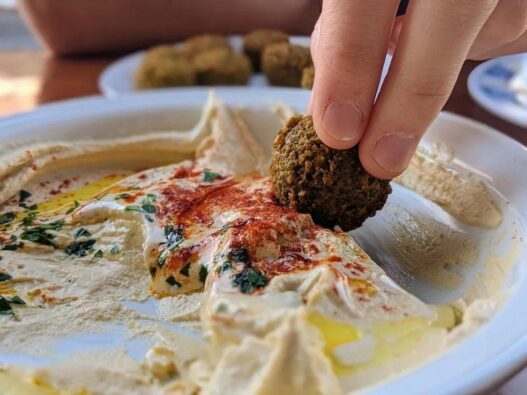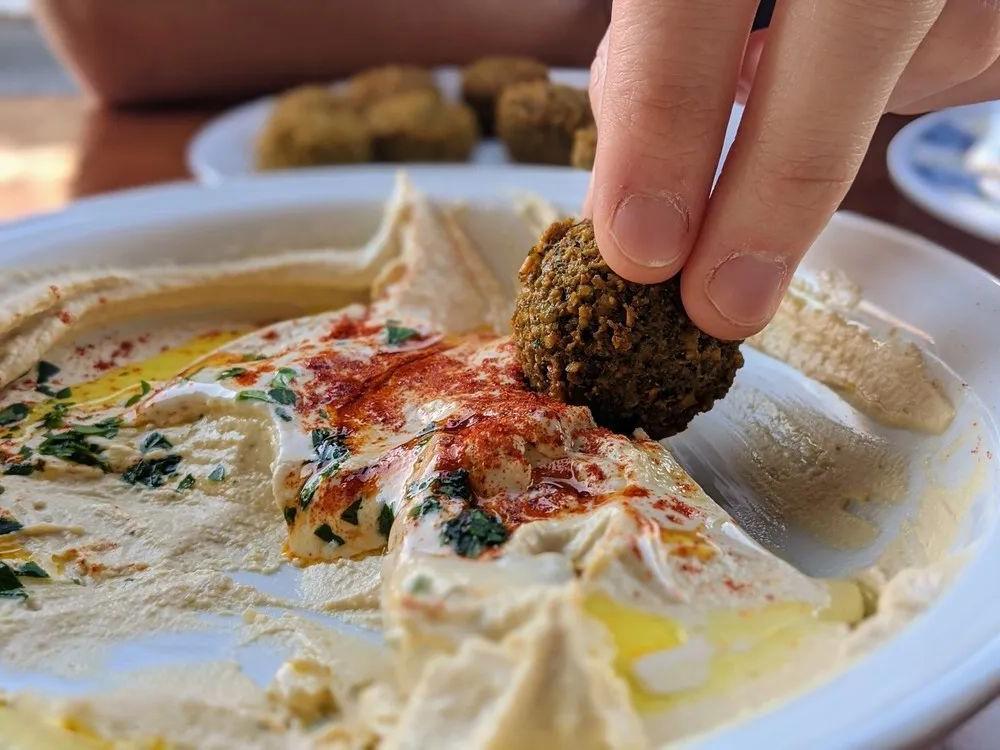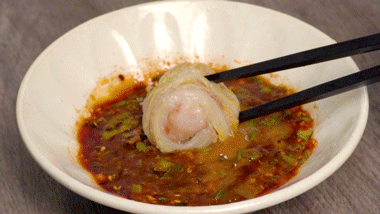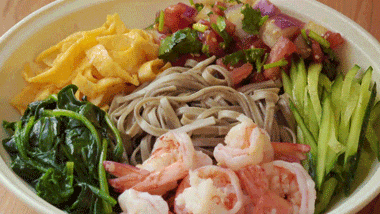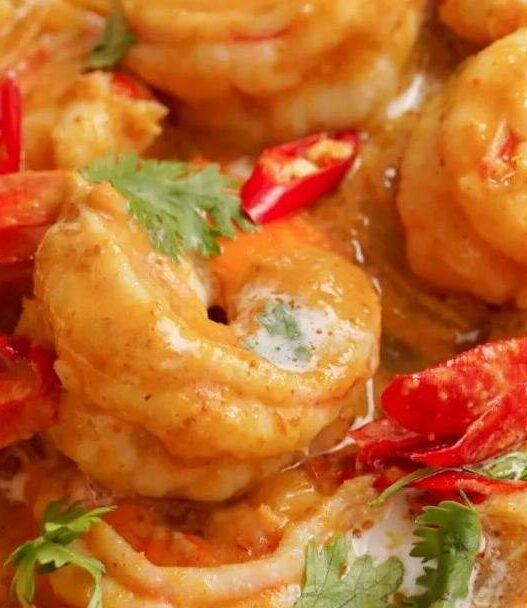This golden-brown delight – known as فلافل in Arabic, פלאפל in Hebrew, and simply “falafel” in English – represents far more than just fried chickpeas or fava beans. It’s:
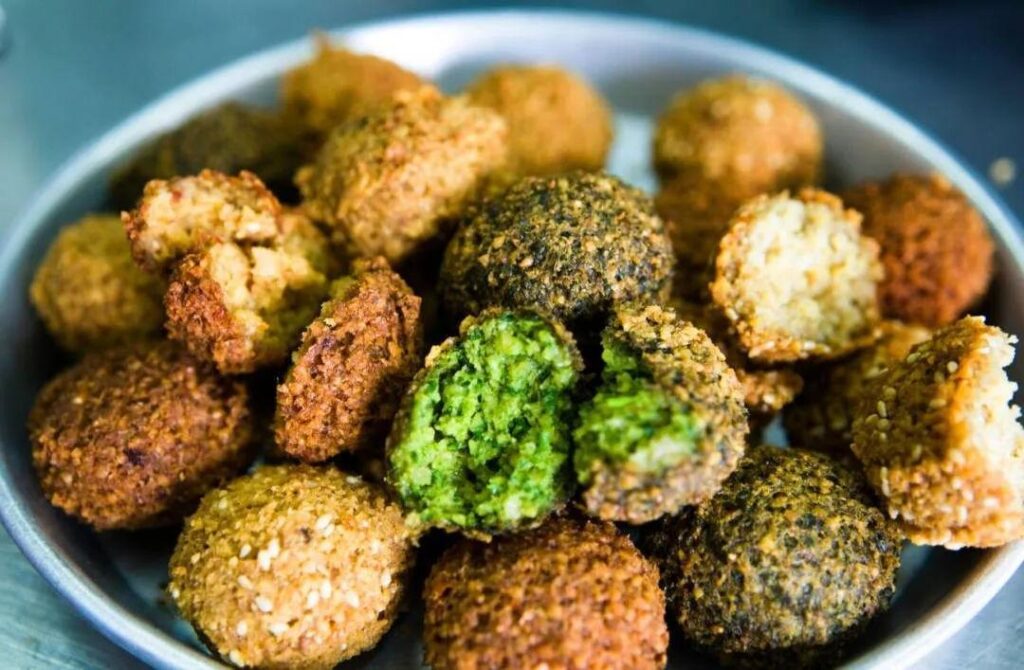
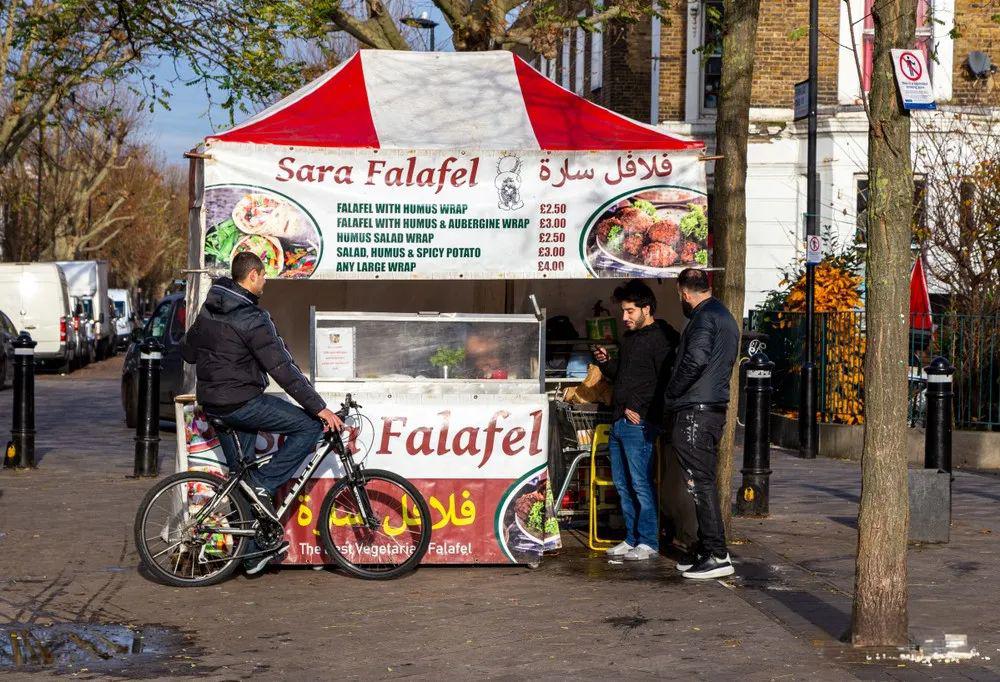
- A culinary Rorschach test: Jews and Arabs have fought for decades over who invented it
- An ancient survival food: First created by Coptic Christians of Egypt during meat-free fasting periods
- A nutritional powerhouse: Packing 15g of plant-based protein per 150g serving
- A colonial export: The British gave it its English name during their occupation of Egypt
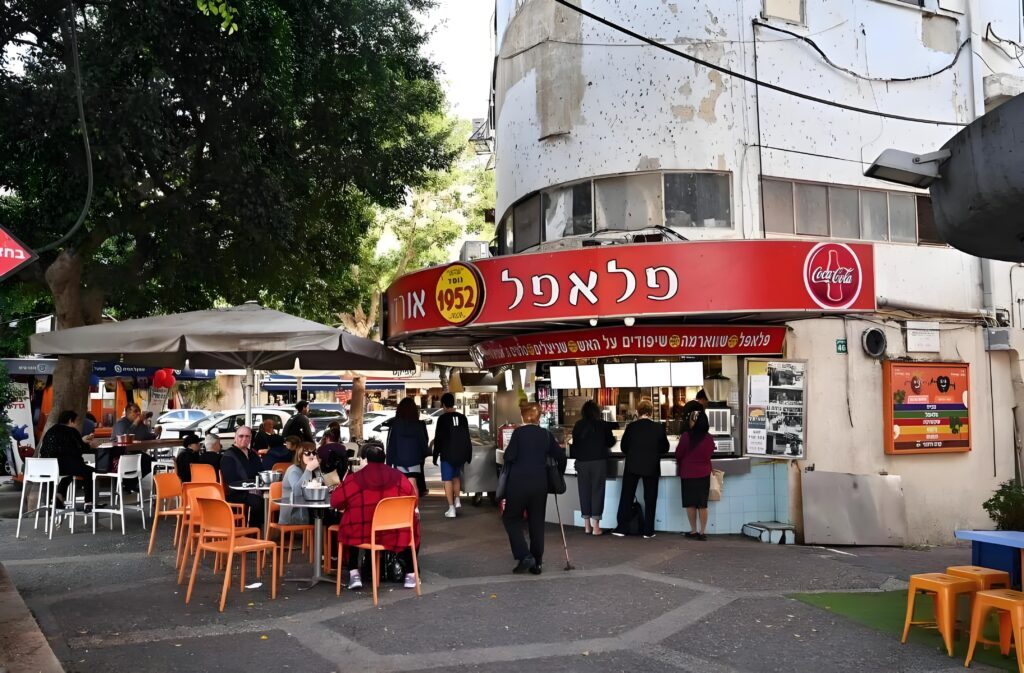
*”The first recorded falafel recipe appears in a 19th century Coptic dictionary as ‘Φα Λα Φελ’ – meaning ‘contains many beans’,”* explains food anthropologist Dr. Yasmin Khan.
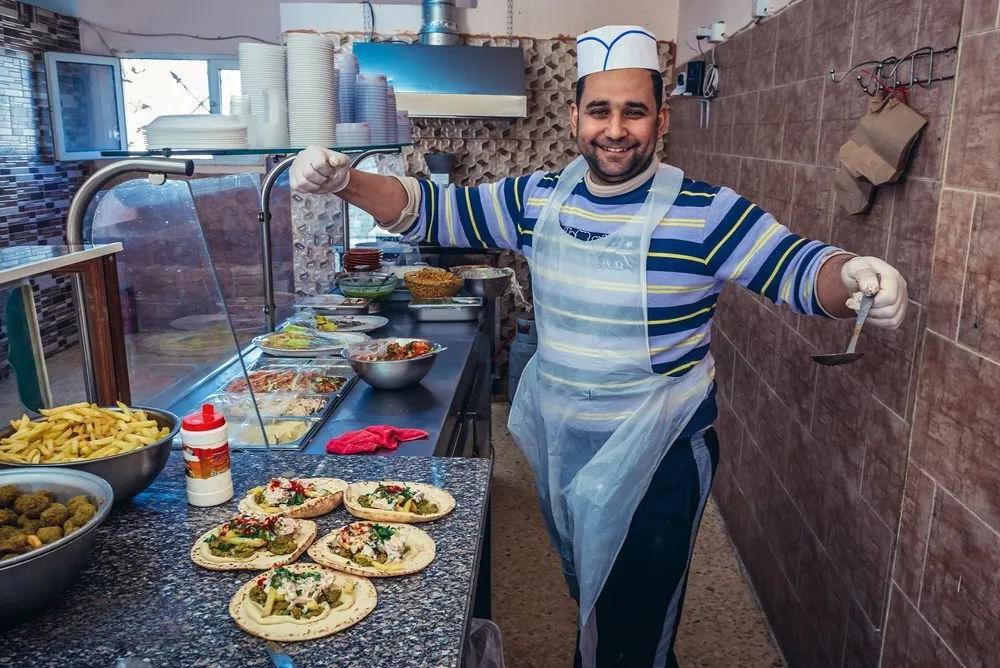

The Great Falafel Debate: Whose Recipe Reigns Supreme?
Syria’s Artistic Interpretation
The Syrians elevated falafel to an art form by:

- Using chickpeas instead of fava beans for a creamier texture
- Molding them into perfect doughnut shapes (requiring remarkable precision)
- Developing a standardized recipe that unfortunately led to bland chain store versions
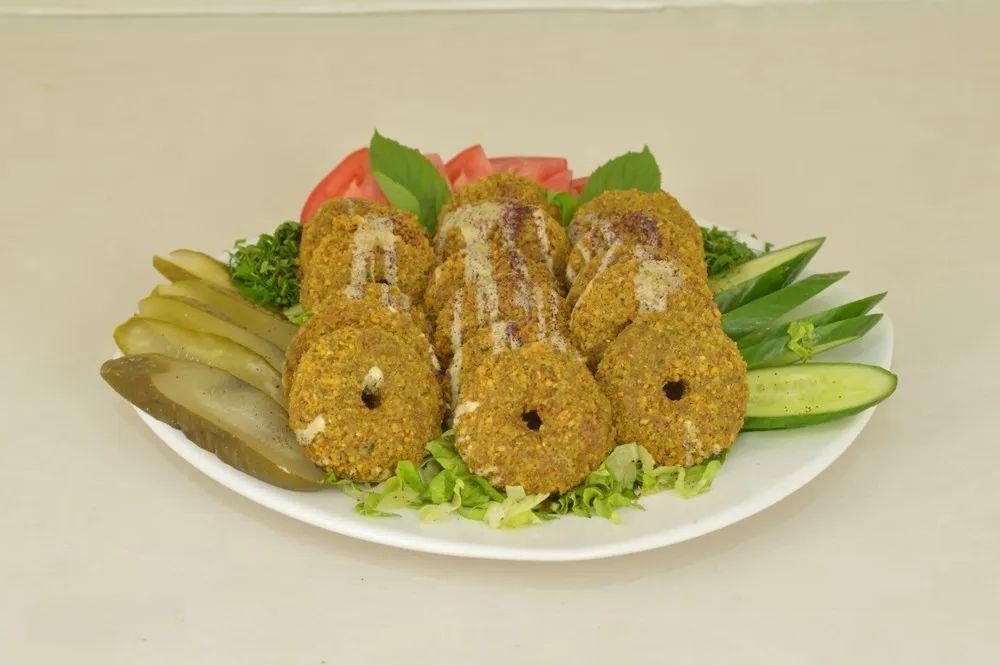

Egypt’s Bold Original Formula
Staying true to ancient roots, Egyptian falafel:
- Uses fava beans (requiring 24-hour soaking and meticulous peeling)
- Incorporates surprising fillings like:
- Spicy red paste (reminiscent of Chinese chili bean paste)
- Whole boiled eggs (creating the “Falafel Bomb”)
- Features secret ingredients like fried coriander seeds that “pop” with flavor
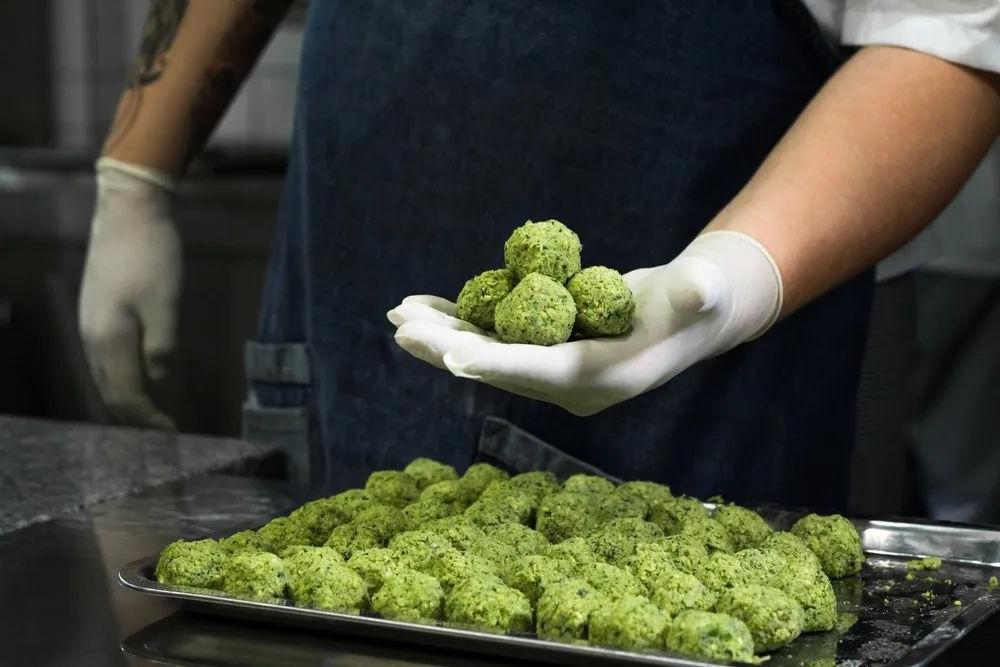
Iraq’s Innovative Twist
In back alleys of Baghdad, I discovered falafel simmered in beef broth – a genius technique that:
- Infuses rich umami flavor without expensive meat
- Creates depth reminiscent of grandmother’s cooking
- “The broth costs nothing but makes all the difference,” confessed one street vendor

From Sacred Food to Street Food: Falafel’s Journey Through Time
Religious Roots to Modern Taboos
Originally created for Lent fasting, falafel now faces irony:
- Avoided during Ramadan due to excessive salt
- Considered “poor people’s food” despite five-star hotel appearances
- Celebrated annually on June 18 (World Falafel Day)


The Poverty Paradox
This humble food embodies contradictions:
- Street price: 50 Egyptian piasters (≈$0.03)
- Luxury version: Served on silver toothpicks at Cairo’s finest hotels
- Cultural shame: My Iraqi friend sneered “Only peasants eat that!”

Mastering the Art of Falafel: Techniques Worth Preserving
The Perfect Bite: Global Serving Styles
- Classic: Stuffed in pita with tahini and Israeli salad
- Gourmet: With roasted eggplant and mint yogurt drizzle
- Breakfast: Scrambled with eggs (Beirut’s morning special)
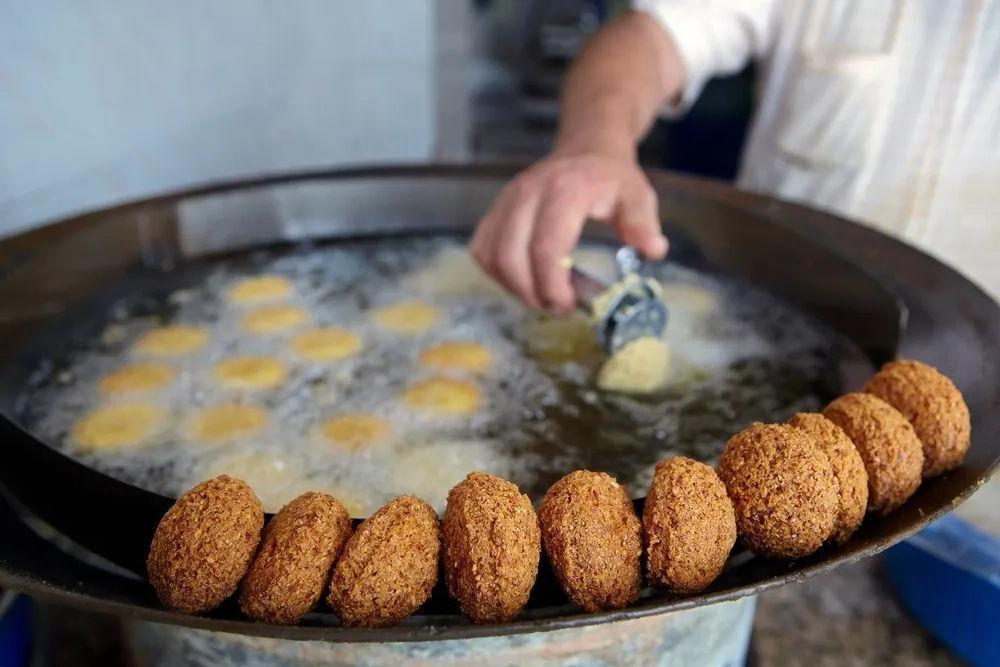
Pro Techniques From Middle Eastern Grandmothers
- Herb hack: Use parsley stems for zero-waste flavor
- Texture secret: Coarse grinding creates better crunch
- Frying wisdom: Maintain 180°C (356°F) for golden perfection
- Shape trick: Special spring-loaded molds ensure consistency
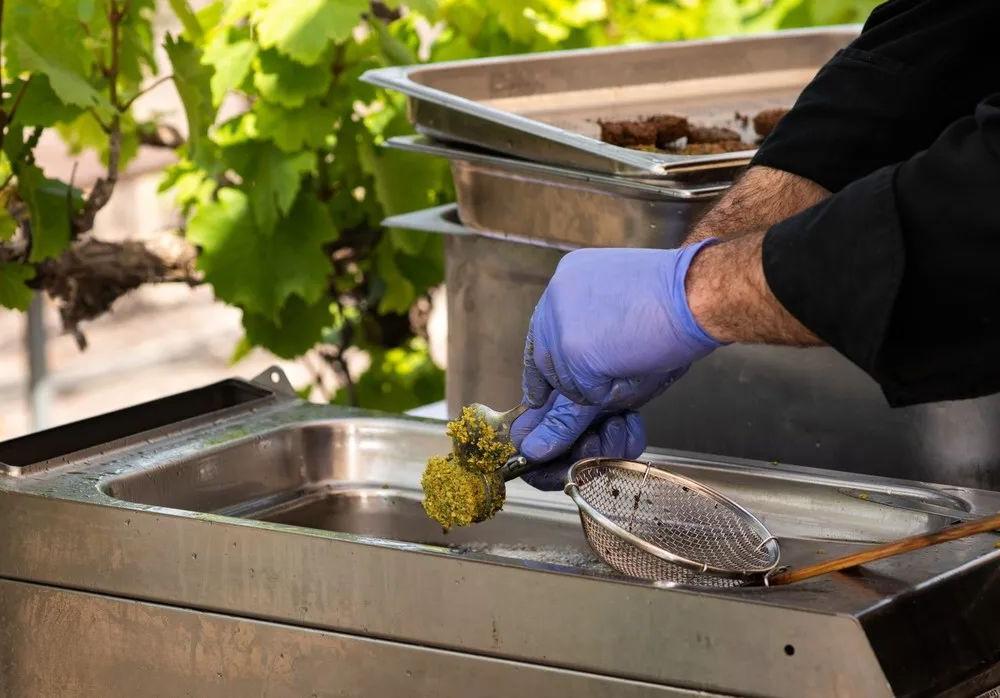
Why This Simple Food Matters More Than Ever
Beyond the crispy exterior lies profound significance:
- Culinary diplomacy: A rare bridge between conflicting cultures
- Nutritional wisdom: Plant-based protein ahead of its time
- Human ingenuity: Transforming scarcity into delicious sustenance
- Cultural memory: Like Xi’an’s bread soup or New Orleans’ gumbo, it tells a people’s story


Will your first taste be Syria’s elegant rings, Egypt’s stuffed surprises, or Iraq’s meaty interpretation? The choice reveals more than just flavor preferences.







